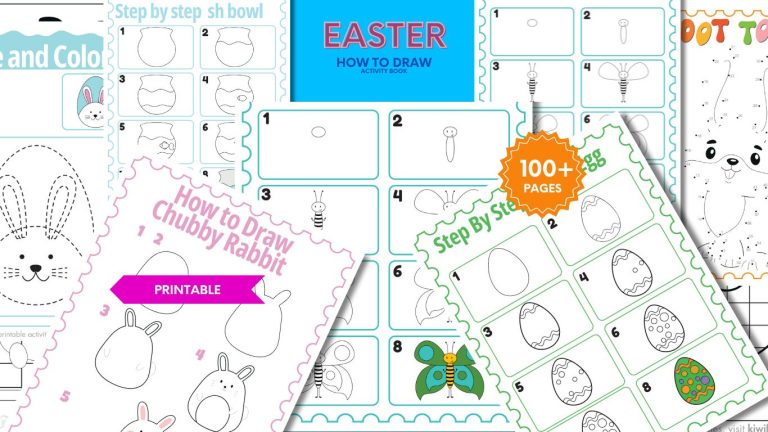Arts and Crafts is a general term used to describe anything creative, and usually refers to arts or crafts that do not fall into a particular category. Arts & crafts are what children do when they’re just being kids – cutting, pasting, building, making, and creating. It’s all about having fun, and the skills children develop are just a useful byproduct.
Where do you learn Childrens Arts and Crafts?
There are lots of after school programmes which have an art and craft component, including youth clubs like scouts, brownies and guides.
If you want something more focussed for your child, be prepared to look hard. Classes like this are often run by artists in their own homes, church groups, or are offered by general art and craft stores.
If you can’t track one down on your own, contact your local arts council for ideas (you can get hold of them through your district or city council). It is their job to encourage and develop arts within the community, so they usually have a pretty good database of any art and craft classes available. Your local Citizens Advice or YMCA may also be able to help.
What age can your child start Arts and Crafts?
Kids start cutting, pasting, building, making, and creating as soon as they can walk – it’s just the type of arts and crafts they explore that changes. Pre-school children will start with activities like collage, weaving, and ‘making’, while older children will explore activities like clay, fabric, sculpture and hand crafts. There’s no right or wrong age to encourage creativity in your child, so if they’re interested – now’s the time!
Child’s Birthday gift? Find a great selection of popular Books & Authors.Age: 0 1 2 3 4 5 6 7 8 9 10 11 12 Years Old |
||||
|
|
|
|
|
|
What supplies do you need for Arts and Crafts?
As Art and Craft is such a broad subject, it’s hard to pinpoint exactly what your child will need. However, scissors and glue are definitely two things on the list. Your scissors will need to be strong and sharp, and your glue should be multi-purpose. 3M makes a great product called Quick Dry Tacky Glue, which sticks just about anything to anything, and it dries clear.
You will also need a box of collected treasures. Keep on hand absolutely anything that looks too good to throw away, because somewhere along the line your child will need it. Get yourself a big box and start collecting – gift wrap, ribbon, buttons, broken jewellery, old cards, chocolate wrappers, coat hangers, shells, feathers and wot-nots. You never know what you’ll need and when.
Our ‘Equipment for Creative Play‘ article highlights some good basic equipment for every age group, and these are all available from educational toy shops or art supply stores.
How much does it cost to do Arts and Crafts?
Church groups and youth clubs usually offer art and craft classes for just a few dollars a session, whereas artists and craft stores in NZ will charge anywhere between $10 – $20 a time depending on the activity. This fee will usually cover the cost of all materials.
Filling your treasure box doesn’t have to be expensive, simply pick up bits and pieces as you go along. Emporium type stores often have cool craft supplies for just a few dollars, and even supermarkets offer some great things from time to time.
Many cities have art and craft Resource Centres, which are often affiliated to a local council, environment, or community arts centre. Resource Centres all work on slightly different models, but generally they provide families with access to recycled art and craft materials, either cheaply or totally FREE.
Resource Centres source, collect and store all sorts of off-cuts, faulty products, samples, and deleted lines from businesses in their community. They also accept donations of unwanted art and craft materials, and half finished craft projects. Resource Centres are literally a treasure trove, because you never know what you’ll find.
How much time does it take to learn an Art or Craft?
Arts and crafts are not something you learn, so much as something you do. Most art and craft classes are set up so children can start and finish a project in about 2 hours, however the learning keeps going beyond that.
If you really want your child to develop skills in the area of arts and crafts, simply give them plenty of opportunities to play, experiment, make, build and create. The more they do it, the better they’ll get.










